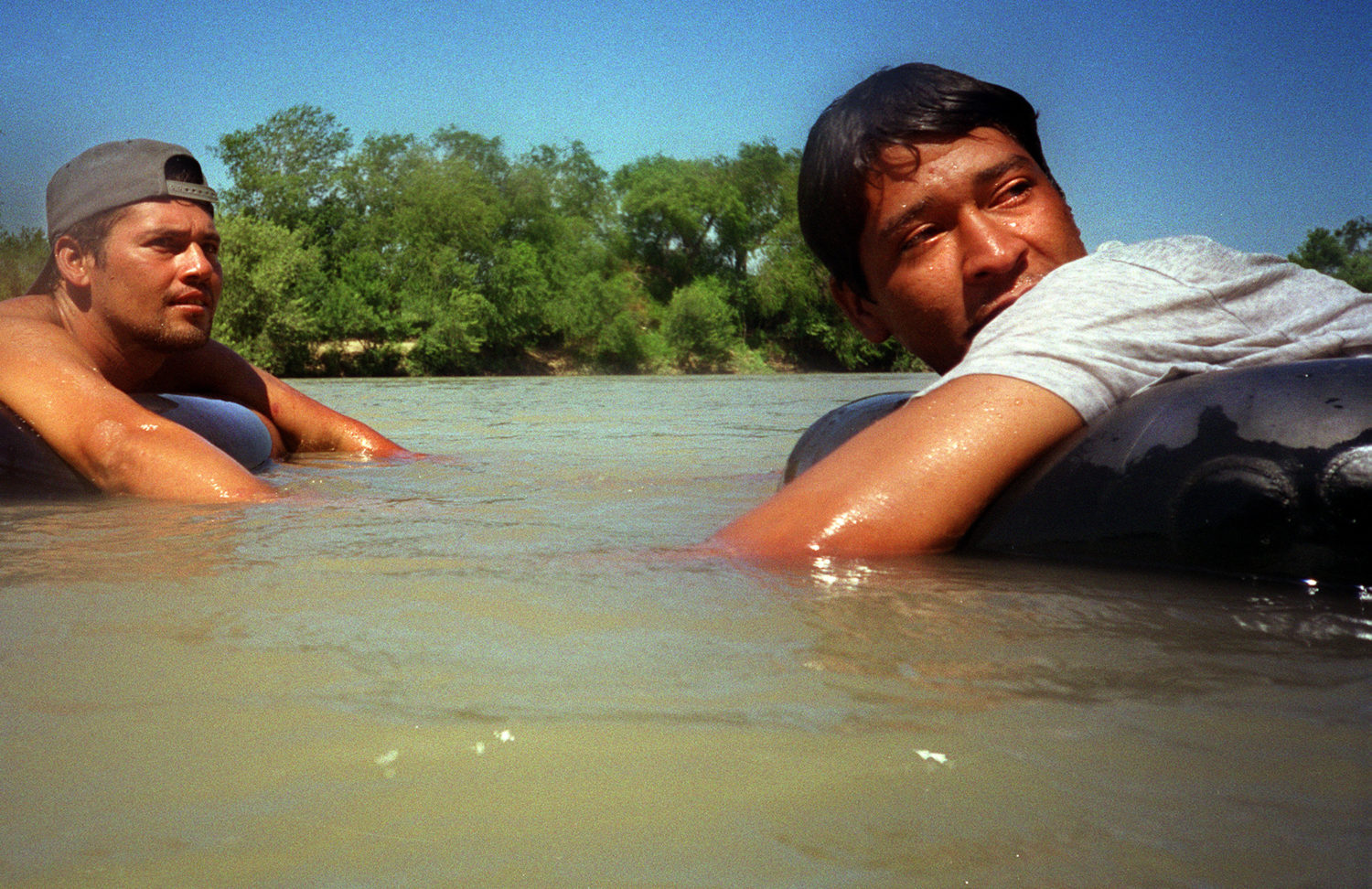
Hondurans Hernan Bonillo and Miguel Olivio react to U.S. Border Patrol agents telling them to move back across the Rio Grande toward Nuevo Laredo, Mexico. Enrique spent several weeks in that city before crossing the border into the U.S. in 2000
Some stories endure, not simply because of the subject matter but for the depth of reporting and quality of writing. Sonia Nazario’s masterpiece “Enrique’s Journey” is without a question one of those stories.
Through her attention to detail, she made me feel the pain and fears of the tens of thousands of children like Enrique who leave their countries in Central America with dreams of reuniting with their mothers in the U.S. Nazario’s anthropological approach–based on multiple extensive interviews, along with tracing Enrique’s journey–produced one of the most comprehensively reported stories on immigration ever written.
There is no question that she has had an influence on my own immigration reporting. Sixteen years have passed since Nazario wrote the six-part story, and migrants still face serious risks when trying to come to the U.S. It is as important as ever that reporters covering immigration produce powerful, objective, and accurate journalism.


